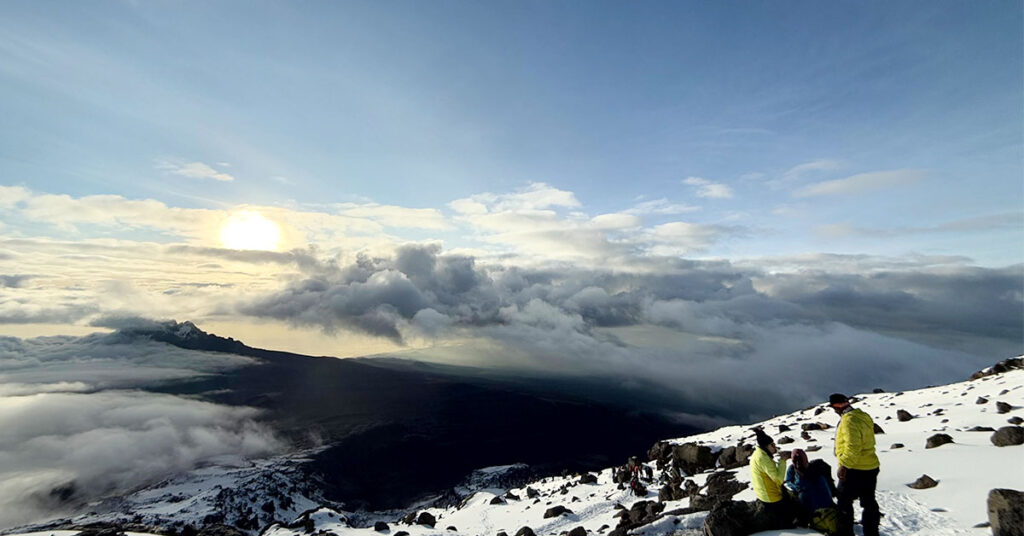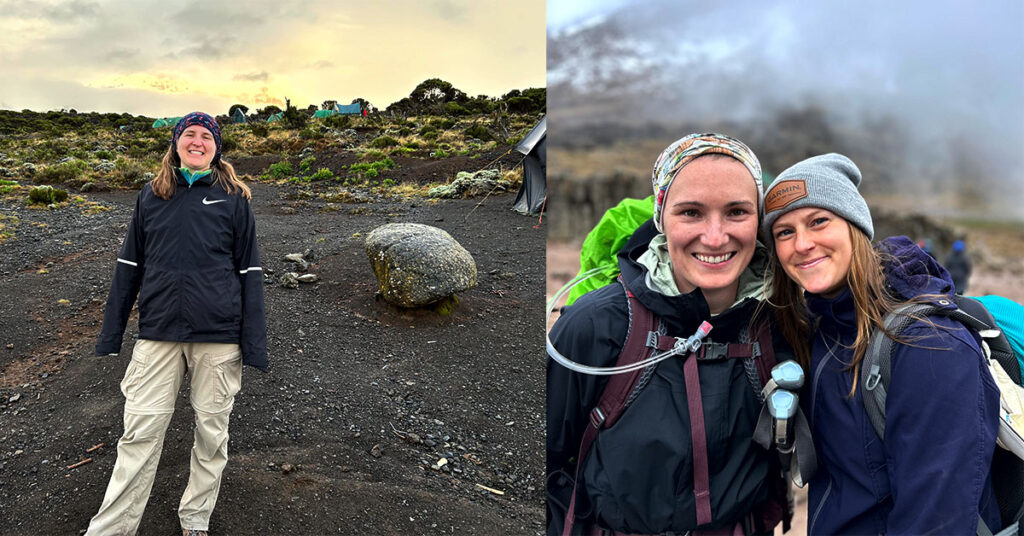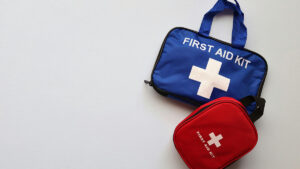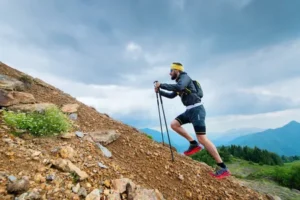
Climb Kilimanjaro with Local Trekking Experts
Table of Contents Ready for the Challenge? Book Your Kilimanjaro Climb with Kili Quests Today and Choose Your Ideal Route Mount Kilimanjaro, Africa’s highest


Budget & Flexibility
Photography Goals

Let’s plan your Kilimanjaro journey — together.

Table of Contents Ready for the Challenge? Book Your Kilimanjaro Climb with Kili Quests Today and Choose Your Ideal Route Mount Kilimanjaro, Africa’s highest

Table of Contents Essential Medication and Health Tips for Your Kilimanjaro Trek | Kili Quests Climbing Mount Kilimanjaro is an incredible adventure — but

Table of Contents How to Train for Kilimanjaro: Your 6-Week Fitness Plan Climbing Mount Kilimanjaro is not just a trek — it’s a personal
@2025 Kili Quests. All rights reserved.